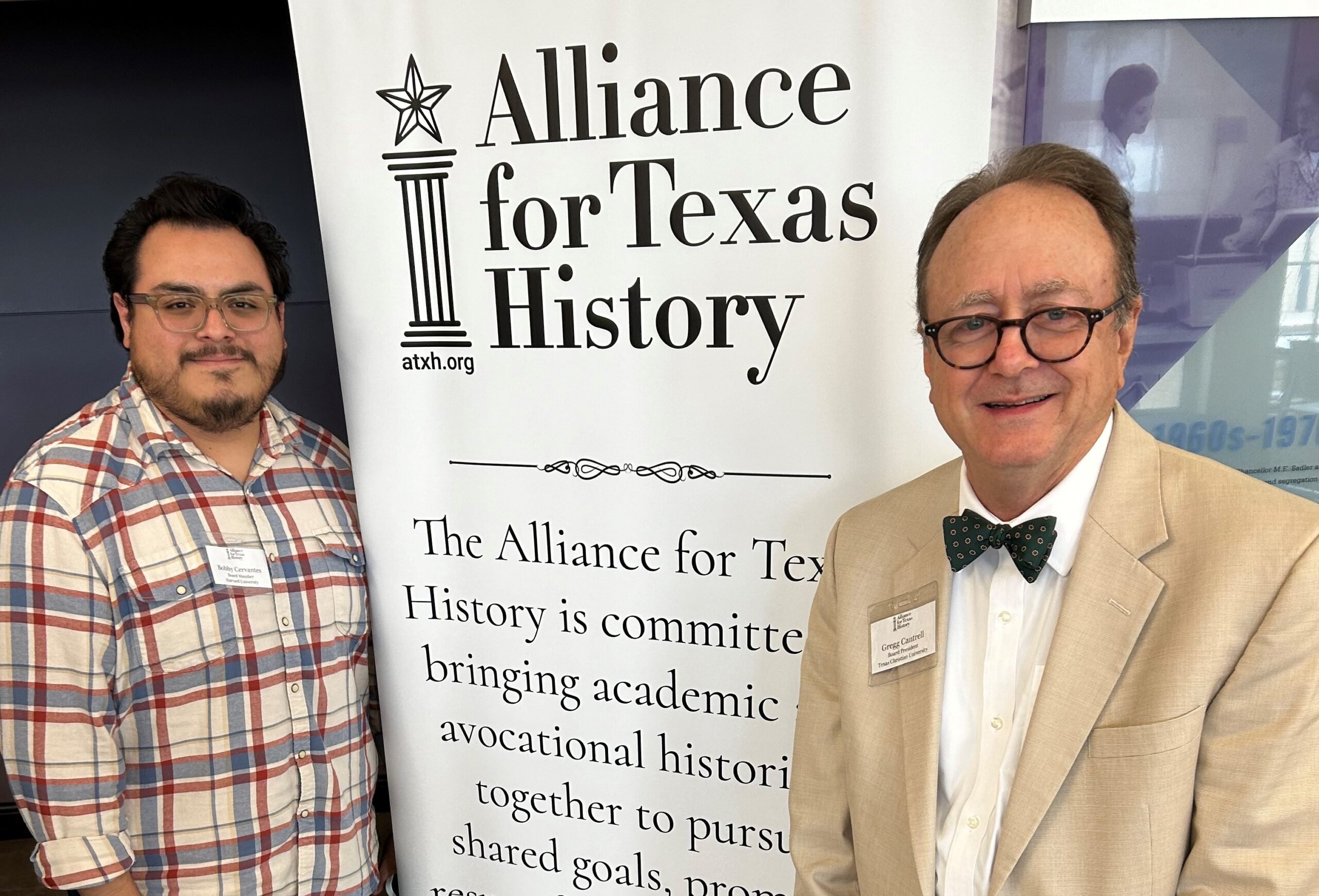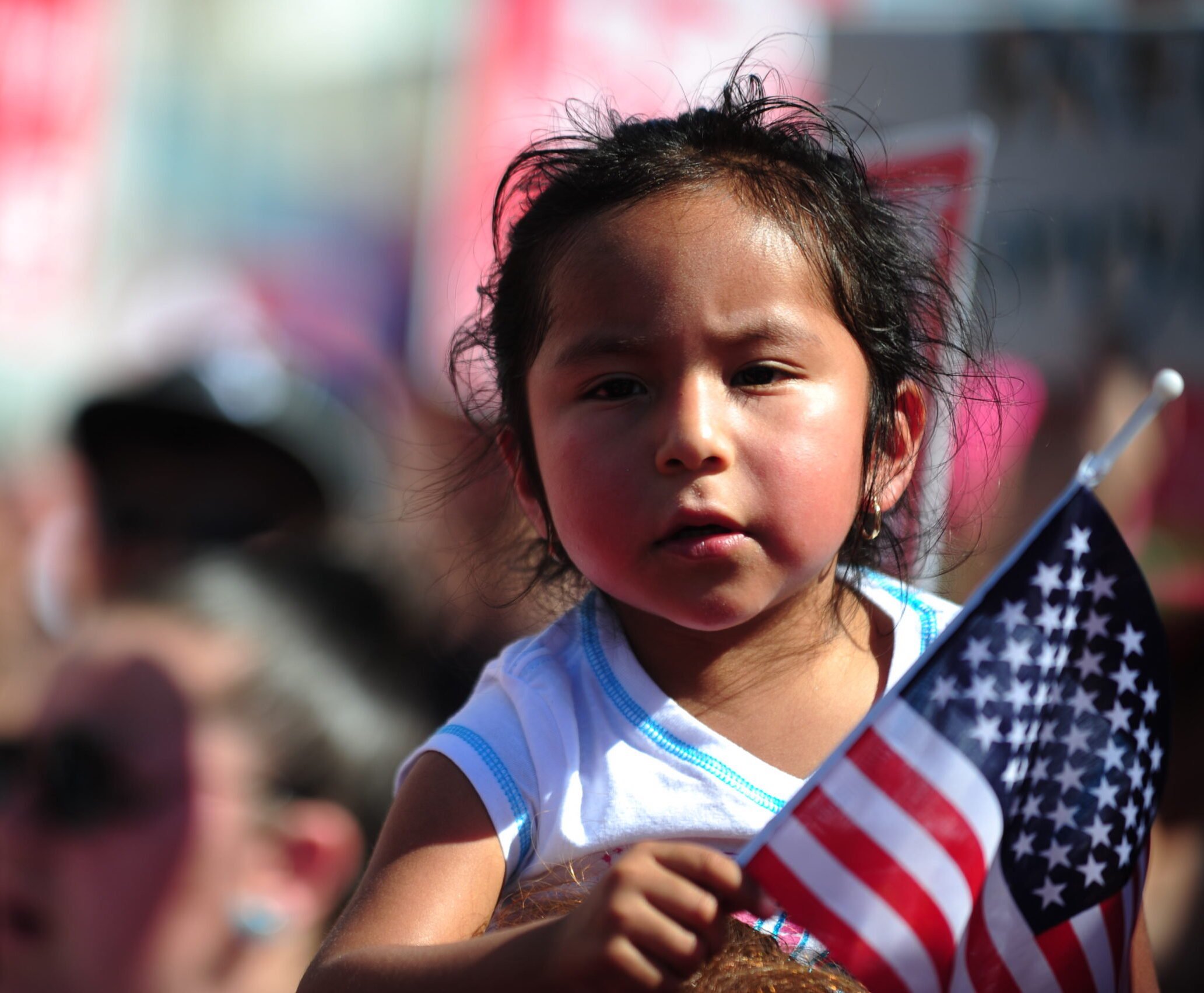ustxtxb_obs_1986_08_29_50_00003-00000_000.pdf
Page 14
membership dropped from 14.4 percent in 1970 to 11.4 percent by 1980, according to the Labor Department. Experts now estimate between 11 and 13 percent of the Texas workforce is unionized about 694,000 out of a non-farm workforce of 6.7 million. And only about 255,000 of those workers are affiliated through their unions with the Texas AFL-CIO \(that workers who are in associations that aren’t actually unions and including agricultural workers and the self-employed, the actual measure of unionized workers in Texas is less than ten percent. This, despite the ambitious talk of labor’s “southern strategy” to organize the Sun Belt that we heard after Jimmy Carter was elected in 1976. There have been some victories, such as the unionization of J.P. Stevens plants in North Carolina, but overall the cultural and political barriers to unionization in the South held firm. The AFL-CIO launched the Houston Organizing Project in 1981, spent almost $2 million in the first two years, but gained only about 8,000 recruits. As Houston began to hit hard times, the city proved not exactly ripe for organizing. The Oil Chemical and Atomic in Texas, down from a mid-’70s peak of 26,000 to its present level of 17,500. The Machinists union has dropped from 24,438 Texas members in 1981 to 13,570, according to the Texas AFL-CIO, and the Steelworkers saw a decline from 29,377 to 18,603 in the same period. But what to do about it? How can the labor movement adapt to the economy in transition? The most popular response is to gun for those nasty imports that are undermining American-made products. Unions have been at their noisiest over the last year when calling for trade restrictions to salvage what is left of the textile, steel, and auto industries here. To protect the domestic oil industry, both labor and business have called for a fee on imported oil. To the extent that such measures would prevent at least some impending layoffs, it’s not unreasonable for labor to take this approach. But nobody claims it is a long-term solution. To stay in step with the direction of the economy, organized labor in Texas is concentrating more on the mostly non-union service industries. The Service Employees International Union homes in Texas, going up against Beverly Enterprises, one of the largest health care chains. And the United Food and Commercial Workers \(the union engaged in the protracted fastest growing non-public employee union in Texas, according to John Rogers, communications director at the state AFLCIO. The UFCW has 15,908 members in Texas, Rogers said, compared to 4,340 in 1975. Many of them work at Safeway and Kroger grocery stores and in Furr’s cafeterias. “Even when people are underemployed, they still eat groceries,” explains Harry Carter, the president of the UFCW local in Dallas. The other avenue labor would like to pursue in Texas is to organize public employees. With budget-slicing carrying the day in Austin, the public sector does not promise to be a growth industry. But those who are holding state jobs might be expected to see the need for a union fairly soon now. As “labor relations consultant” Bob Whiting puts it, “Public employees are ripe for organizing. They’re getting dumped on all the time.” The problem here is, state labor law makes it difficult to develop a strong public employees union. Ever since Gov. Bill Clements stepped in to head off incipient unionism by getting the 1981 legislature to pass a law against the dreaded “dues checkoff,” state employees have not been allowed to have union dues automatically deducted from their paychecks the way other union members do. This ensures a small enough income to keep the Texas State Employees Union weak. And even if the union collected much more than it does in dues, it wouldn’t have much to offer if it were not able to get workers a contract. But state law prohibits public employees from bargaining collectively. And those who can imagine the Texas legislature voting to change the collective bargaining law have most likely not made the acquaintance of the Texas legislature. AS THE ECONOMY constricts, labor unions need to broaden their vision. Tony Mazzocchi, a union activist formerly with the Oil, Chemical, and Atomic Workers, is one of the country’s most ardent proponents of such a “new vision” for labor. He wants the labor movement to rejuvenate itself by making bold new proposals, such as putting the thousands of laid-off employees in the nation’s declining industries to work in college classrooms, educating themselves instead of waiting for their unemployment compensation to run out. “Labor is losing its membership,” Mazzocchi says. “We’ve got to organize the unemployed, we’ve got to expand our base, and we’ve got to develop a blueprint, a vision for the future. And it’s got to be totally different than before it can’t be oriented around jobs that no longer exist.” In Mazzocchi’s view, “Buy American slogans are inadequate. Because the economy’s been integrated internationally. We’ve lost that struggle that’s over with 20 For our part, we would like to see the union leadership, CONTENTS FEATURES 2 Rejuvenating the Unions Dave Denison 4 New Directions for the Tony Mazzocchi 6 Blue-Collar Blues Louis Dubose 8 A Bob Eckhardt Songbook Bob Eckhardt 9 A Fair Tax on the Oil Industry Ronnie Dugger 10 A Tax on Ignorance Fred Schmidt 14 To Change the Status Quo Rep. Juan Hinojosa DEPARTMENTS 18 Political Intelligence 21 Social Cause Calendar Books and the Culture: 19 City of Opposites Gary Pomerantz 20 Women in Peril Michael King Afterword: 22 To the White House Geoffrey Rips THE TEXAS OBSERVER 3


